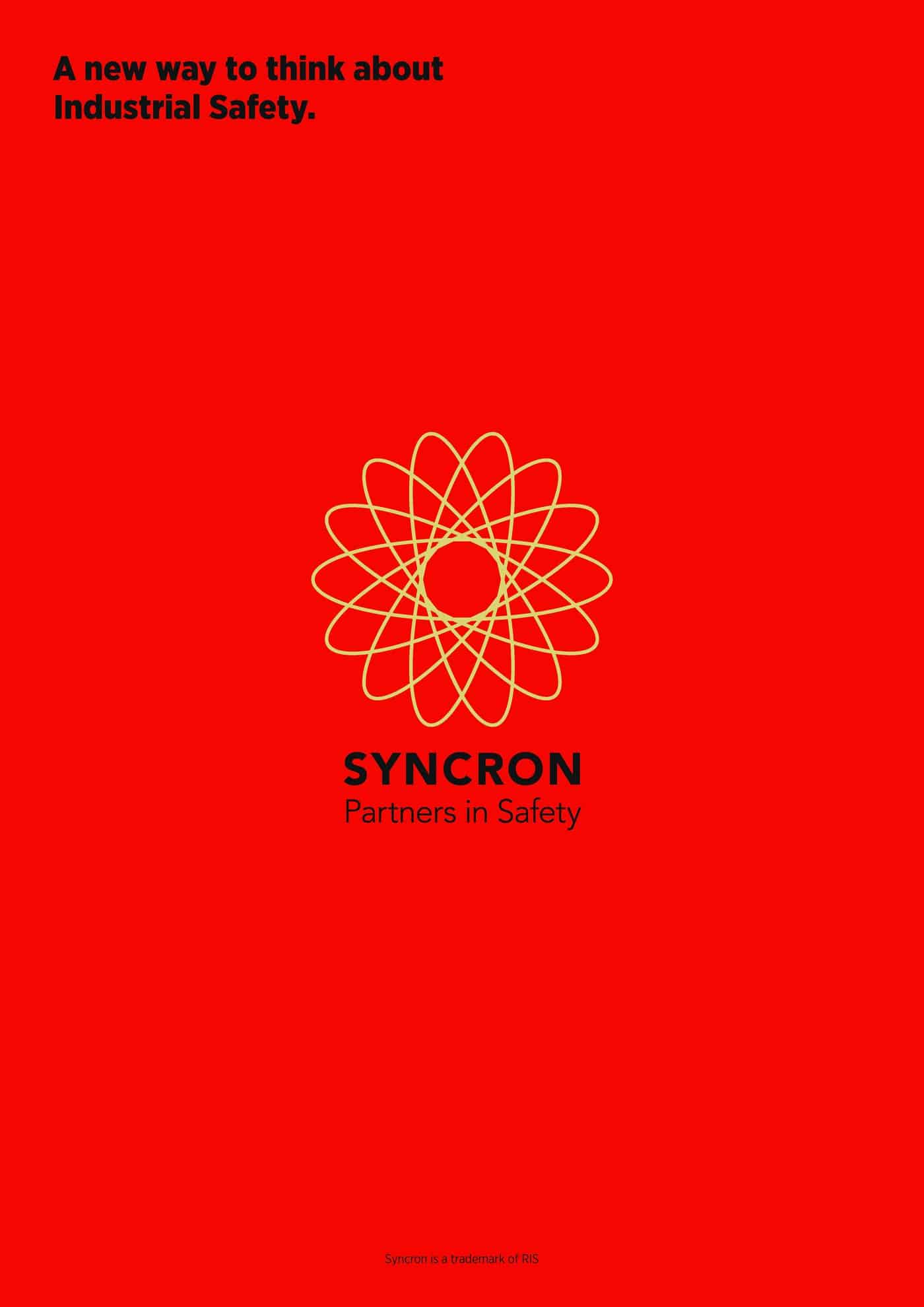Australian business associations have different perspectives on the need to harmonise occupational health and safety laws across Australia but BusinessSA has performed an enormous backflip in only a month on new Work Health and Safety Laws. In a letter (now a media release) to the industry association’s members, BusinessSA has called on the South Australian Government to defer the laws until a scheduled national review in 2014. The major points of the letter are discussed below.
Objections to the letter on some of the LinkedIn discussion forums have been voiced by some safety and legal professionals, the principle concern being that all state governments agreed to the initiative of the Council of Australian Governments (COAG) in 2008 to harmonise the OHS laws. Employer groups, unions and OHS regulators have been closely involved in the harmonisation process. Other parties, including BusinessSA made submissions. According to the 2008 submission, these were the six key issues:
- “Self-regulation: The appropriateness of the duty of care, consultative mechanisms, performance-based (as opposed to prescriptive) regulation, and education/training in facilitating an effective (self-regulating) OHS system.
- Causality and uncertainty: Can, and should, governments attempt to regulate with respect to potential future hazards, given the enormous pace of technological change and uncertainty relating to that change and where causes of Continue reading “BusinessSA’s backflip on OHS laws carries short-term gain but long-term risk”


